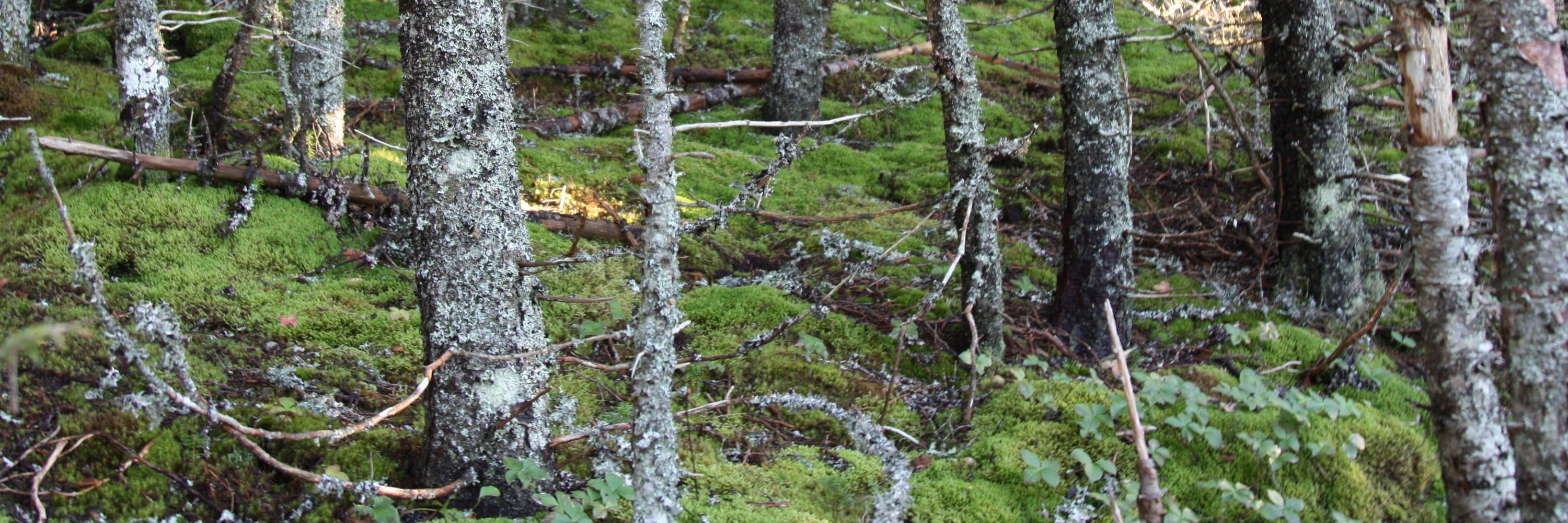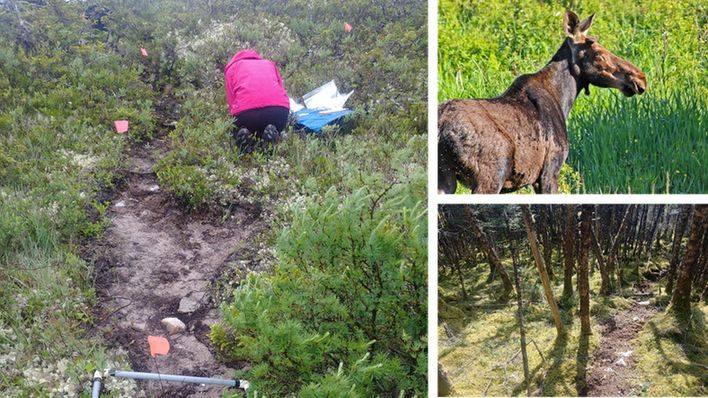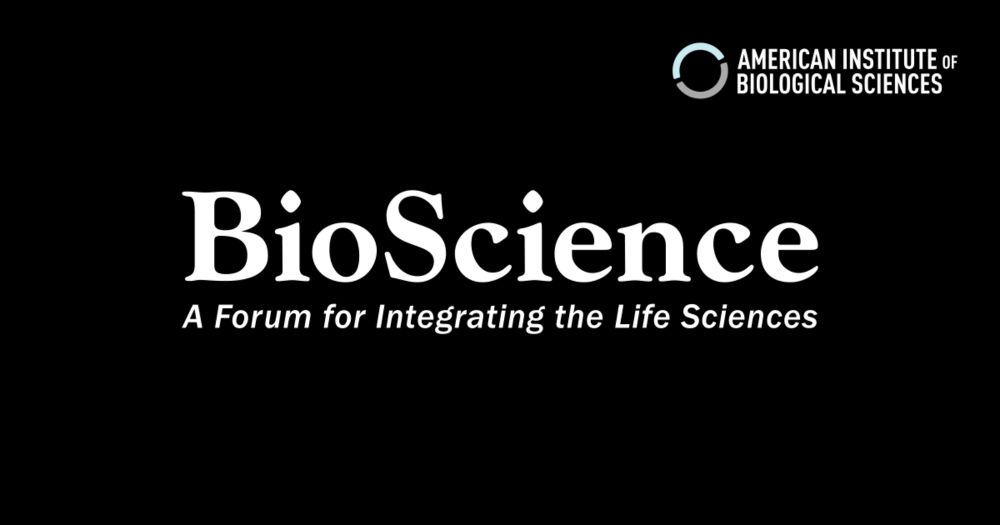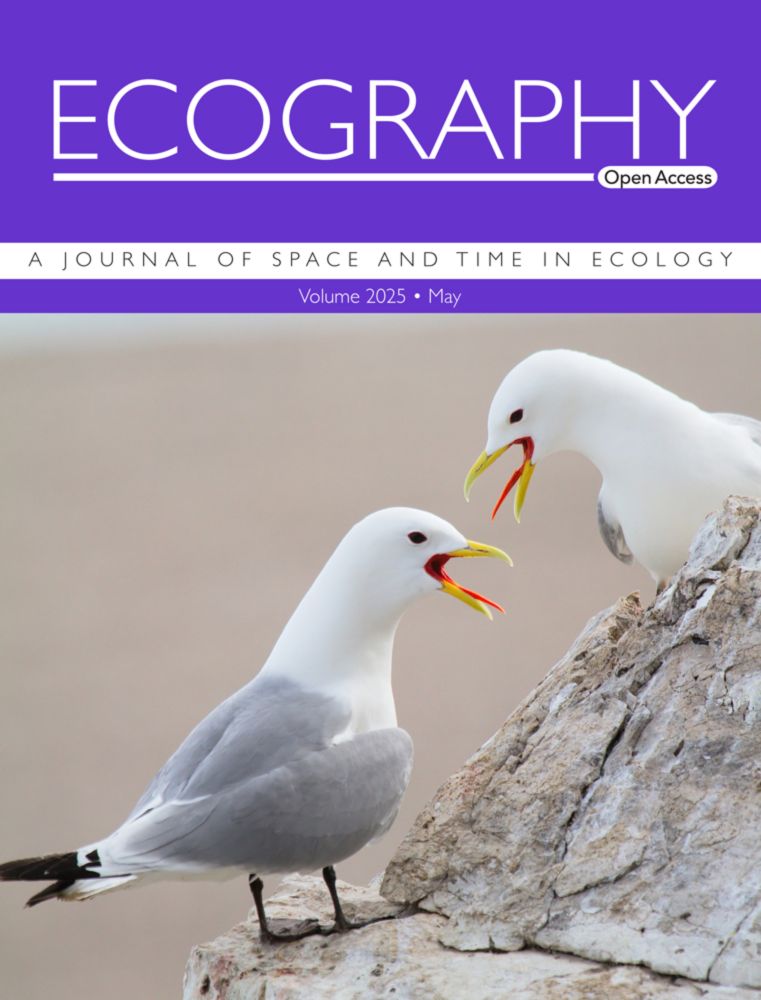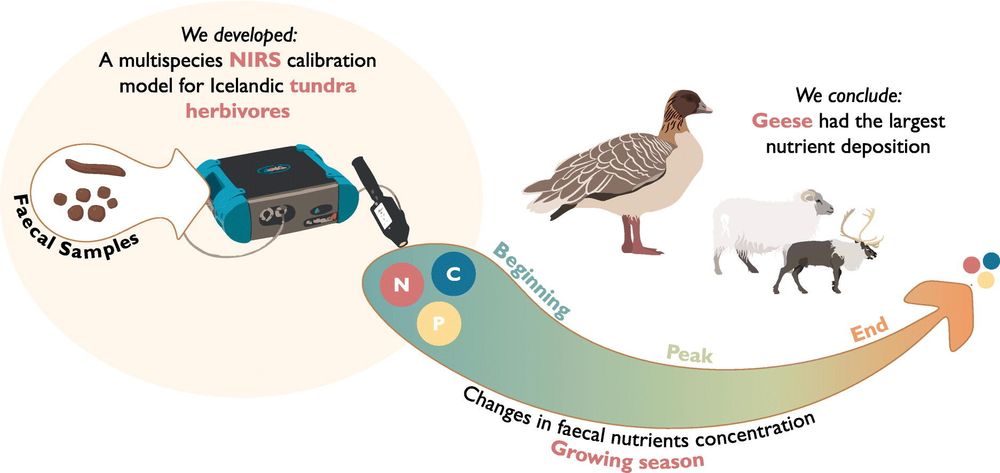Adam Meyer
@gadammeyer.bsky.social
53 followers
98 following
7 posts
PhD candidate in ecosystem ecology 🏞🦌 based in Newfoundland, Canada.
zoogeochemistry | herbivores | soil | animal movement | aboveground-belowground linkages | theory | field work
https://adameyer.wordpress.com
Posts
Media
Videos
Starter Packs
Pinned
Adam Meyer
@gadammeyer.bsky.social
· Jul 31
Reposted by Adam Meyer
Reposted by Adam Meyer
Reposted by Adam Meyer
Adam Meyer
@gadammeyer.bsky.social
· Aug 11
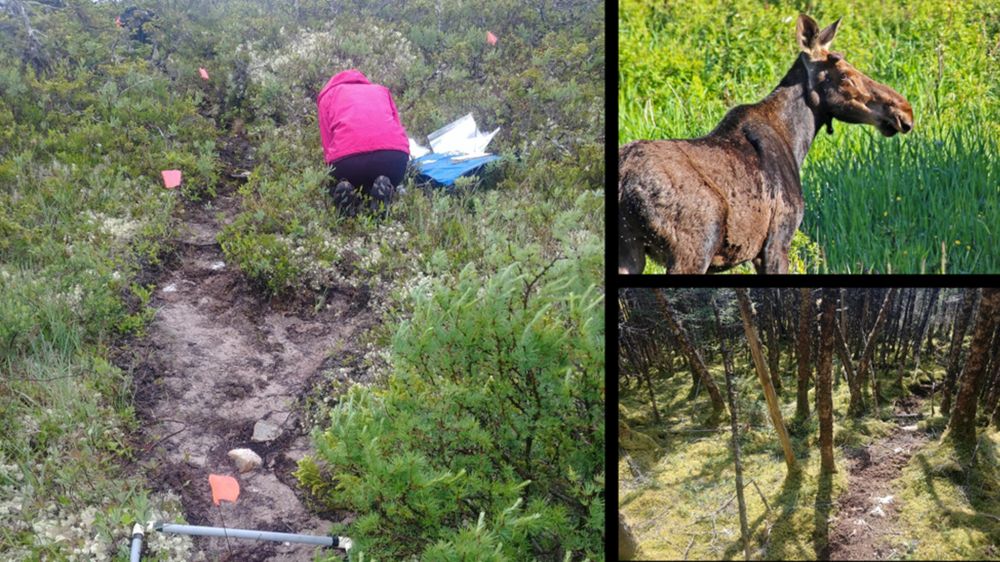
Soil and microbial responses to wild ungulate trampling depend more on ecosystem type than trampling severity
G. Adam Meyer, Shawn J. Leroux, Kathryn E. Hargan, Niels van Miltenburg This is a plain language summary of a Functional Ecology research article which can be found here. Physical trampling is a ub…
fesummaries.wordpress.com
Adam Meyer
@gadammeyer.bsky.social
· Jul 31
Reposted by Adam Meyer
Reposted by Adam Meyer
Adam Meyer
@gadammeyer.bsky.social
· Feb 12
David J Gibson
@davidjgibson.bsky.social
· Feb 12

Looking beyond Popper: how philosophy can be relevant to ecology
Current workflows in academic ecology rarely allow an engagement of ecologists with philosophers, or with contemporary philosophical work. We argue that this is a missed opportunity for enriching eco...
nsojournals.onlinelibrary.wiley.com
Adam Meyer
@gadammeyer.bsky.social
· Jan 22
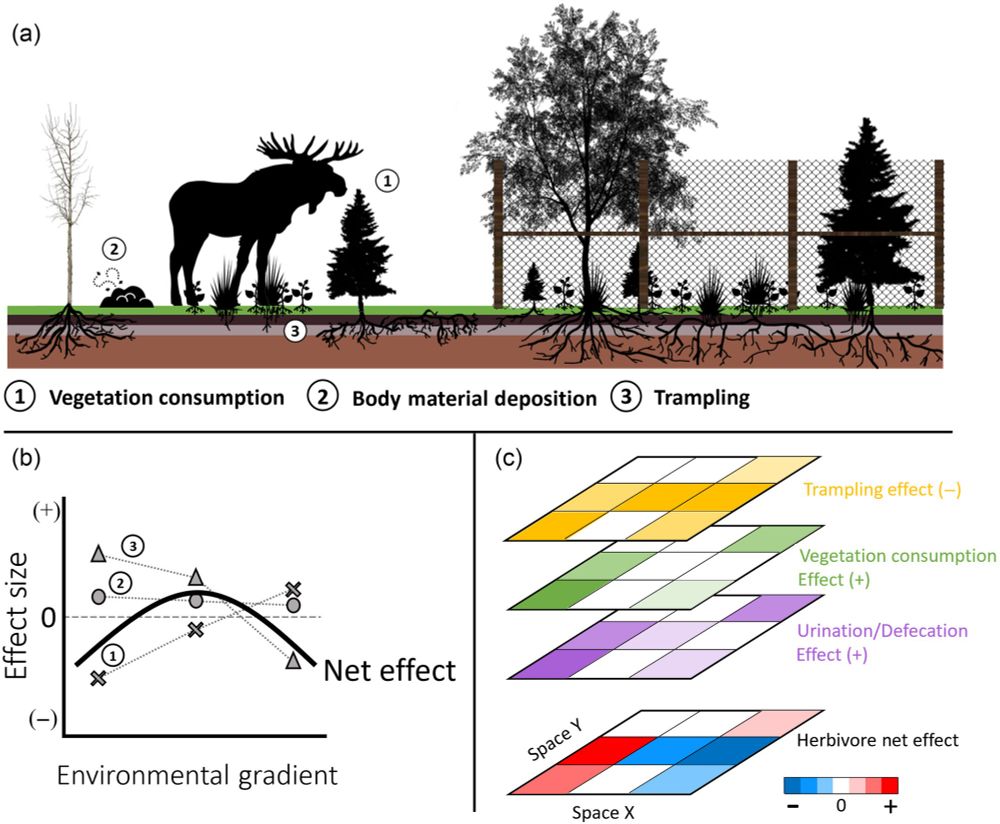
A theory for context‐dependent effects of mammalian trampling on ecosystem nitrogen cycling
Trampling of vegetation and soil is ubiquitous among walking vertebrates, yet most models and empirical studies do not explicitly consider trampling impacts on ecosystem elemental cycling. With a new...
doi.org
